The Religious Imagery of Khajuraho
Synopsis
Because of undue association with erotic sculpture, Khajuraho's significant contribution to the religious art of the country is hardly noticed. This medieval religious town of central India, now a lovely village, preserves an important group of temples which represents the Indian temple in its highly evolved form, both architecturally and conceptually. While the architectural survey of the temples is done by scholars, the present work is an iconological and interpretative study of images and their contextual significance. The book offers a closer view of the divinities and their configurations, particularly in the major Hindu temples of Khajuraho. It concentrates on the iconic schemes and patheons of two magnificent temples, one a rare preserved shrine of Vaikuntha-Vishnu and the other dedicated to Siva. It highlights the important cult of the Yoginis and the syncretic role of Surya in Khajuraho's pantheon. In the process of viewing the temple as a whole and its images within a well-integrated scheme, several earlier non-specified images could be seen in their proper context and for the first time identified and interpreted. The images of planetary divinities on the podium around the Lakshmana temple, or the Sveta-dvipa scene (Back Cover) are some such new interpretations offered in the book. Questioning the acclaimed hypothesis of the outlandish Kapalika sect as influencing the art of Khajuraho, the author demonstrates the prevalence of moderate tantric systems, as incorporating Puranic religion and Bhakti (devotion). She discusses various currents and undercurrents in the religious life of this town which flourished between A.D. 900 and 1150. The book presents an account of the topography of this medieval sacred centre, its patrons, the Chandella rulers, and erudite court culture. The elite's love for double-entendre is revealed in the sculptural art as well as poetic stanzas of their inscriptions on temples. The language of puns and enigma (sandhya-bhasha helps us in understanding the significance of erotic sculptures which apparently are sensual figures but actually conceal a deeper symbolism.
Read more
81.00
72.9
$
90.00 $
Free delivery Wolrdwidе in 10-18 days
Ships in 2-4 days from New Delhi
Membership for 1 Year $35.00
Get it now and save 10%
Get it now and save 10%
BECOME A MEMBER

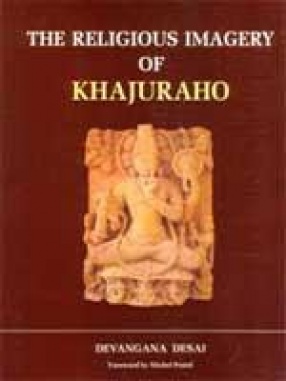
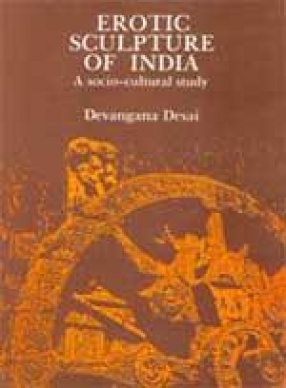

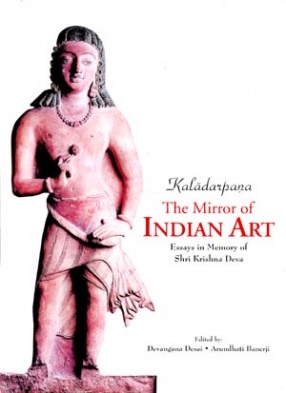
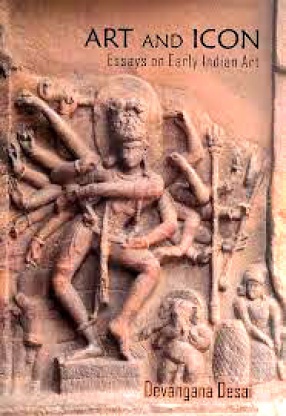
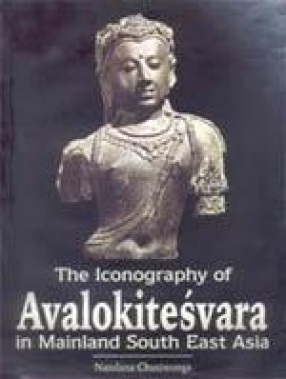
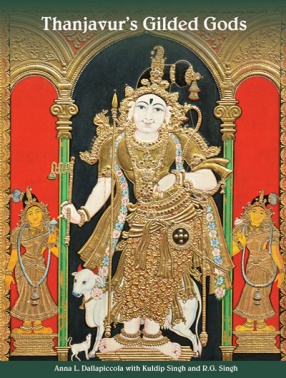
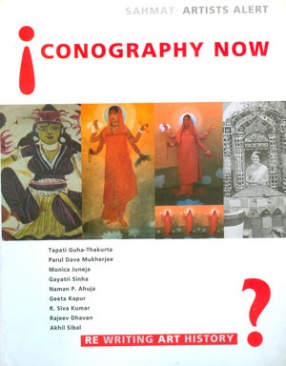
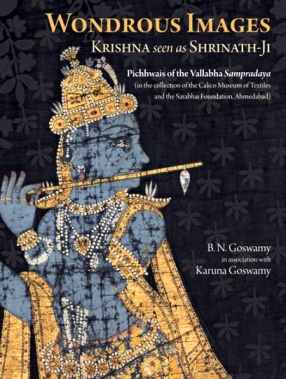

Bibliographic information